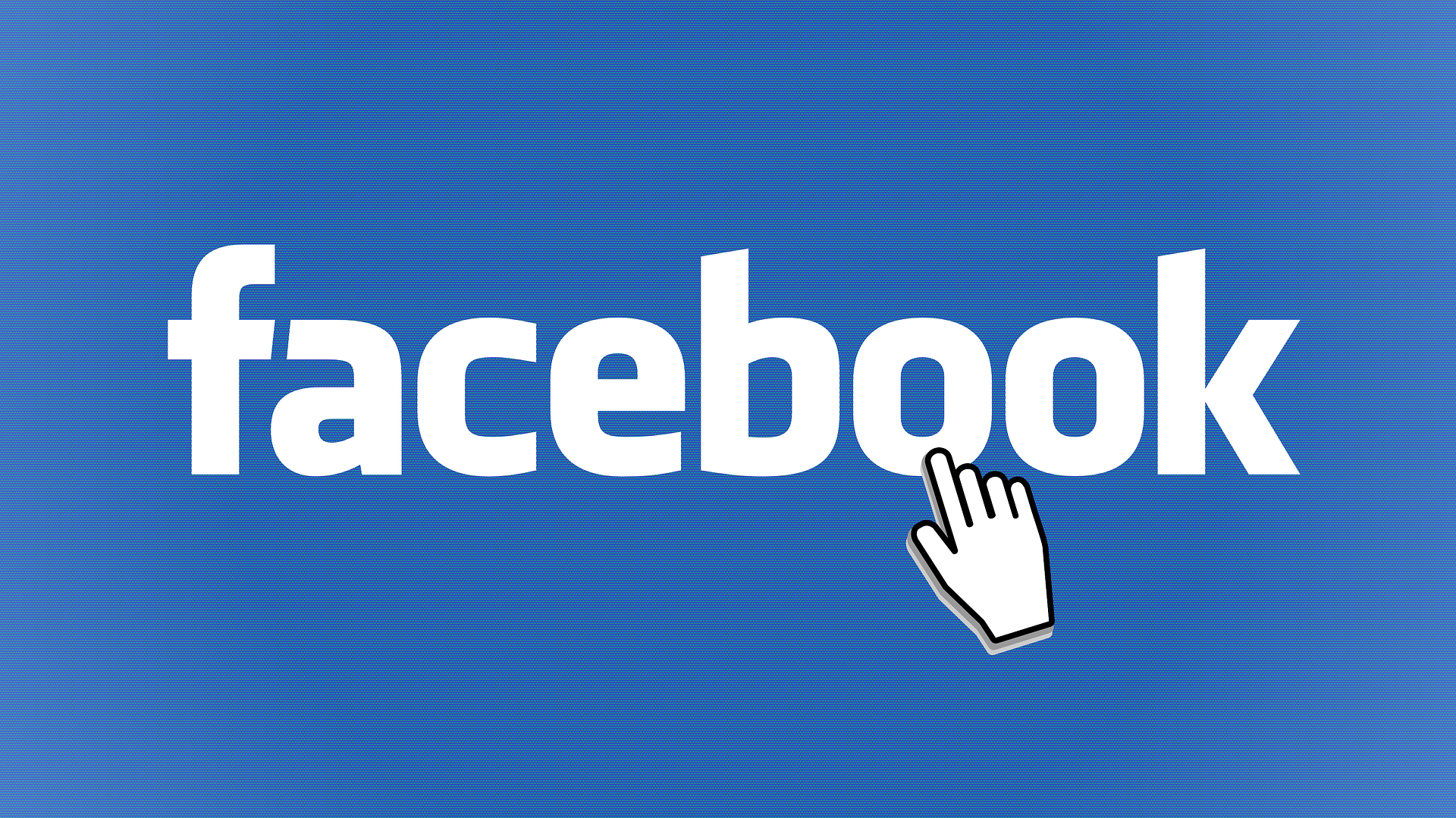 Afghan Wireless has recently expanded its Facebook offerings—which already featured daily, weekly, and monthly Facebook bundles—to include a brand-new “Facebook without Internet” package. Thanks to USSD technology, which allows mobile phones and network applications to communicate through SMS-style text messages, Afghan Wireless mobile subscribers can now perform tasks like publishing posts, checking their news feed, and receiving friend requests right on their phones, with no Internet connection needed.
Afghan Wireless has recently expanded its Facebook offerings—which already featured daily, weekly, and monthly Facebook bundles—to include a brand-new “Facebook without Internet” package. Thanks to USSD technology, which allows mobile phones and network applications to communicate through SMS-style text messages, Afghan Wireless mobile subscribers can now perform tasks like publishing posts, checking their news feed, and receiving friend requests right on their phones, with no Internet connection needed.
While this is great news for subscribers, it’s also good news for the many small businesses in Afghanistan that use Facebook as an important way to engage and connect with their customers. Today, more businesses than ever are using social media tools like Facebook to tell their fans about special offers, announce new product launches, or hold contests or prize draws for dedicated customers. Clearly, therefore, the easier it is for these customers to access Facebook, the better it will be for business.
But companies should also be aware that there are some important “do”s and “don’t”s about using Facebook to connect with customers. If your business is just getting started on social media, here are some tips to keep in mind to help make sure that the Facebook relationship you build with your customers is effective, long-lasting, and positive for both sides.
Use a recognizable profile picture.
Help make it easy for your fans to find and identify you by using a recognizable profile picture. Your profile picture is seen at the top of your page and next to every update or comment you post, so make sure it’s a quality image that really represents your company or your brand. An eye-catching logo is always a good option, but a photograph of your best-known product or your business premises (if you are a destination business like a restaurant) can also be effective.
Complete the “About” section.
Customers want to be able to learn more about your business from your Facebook page, so don’t disappoint them. Found directly beneath your profile picture, the “About” section is where most visitors will head to first, so be sure to include up-to-date, engaging information about your company. You can also use the “About” section as a place to anticipate and answer some of your customers’ most frequently asked questions, like where you’re located or your hours of operation.
Use multimedia posts.
 On social media, a picture is worth a thousand words, and a video is worth even more, so make sure you’re incorporating both these tools into your posts rather than only using text. Photos and videos are a great way to let your customers get a peek at the “behind the scenes” of your company, which helps them feel even more like they’re a part of your brand. In fact, studies have shown that when Facebook campaigns use more visual content, visitor engagement increases by 65% after just one month.
On social media, a picture is worth a thousand words, and a video is worth even more, so make sure you’re incorporating both these tools into your posts rather than only using text. Photos and videos are a great way to let your customers get a peek at the “behind the scenes” of your company, which helps them feel even more like they’re a part of your brand. In fact, studies have shown that when Facebook campaigns use more visual content, visitor engagement increases by 65% after just one month.
Tailor your posts.
It might be tempting to send every single one of your posts out to every single one of your fans, but a tailored approach can actually be more effective at building a greater sense of personalized engagement. Facebook has useful targeting tools that allow you to segment the recipients of your posts by basic criteria such as age or gender. Making use of these tools can help you make sure your content will be seen by the people most likely to be interested in it.
Don’t post too often.
Tailoring your posts as described above can also help you avoid one of the biggest mistakes you can make on Facebook: posting too often. Facebook users are already exposed to a huge amount of content every time they log in, and they’re not likely to thank you if you overwhelm them even further with constant posts about every little detail of your business. In fact, for companies with less than 10,000 Facebook followers, clicks per post decrease substantially as the number of posts per month increases beyond 60—roughly around twice a day. The major takeaway for businesses here is all about quality over quantity. In general, it’s much more effective to create fewer truly engaging and valuable posts than a lot of posts that aren’t doing much besides taking up space on your customer’s news feeds.
Collect testimonials and reviews.
Not all the content on your company’s Facebook page has to be generated by your company itself. Customers appreciate being able to see other customers’ feedback on your page as well. Consider asking your fans to post reviews, testimonials, and other feedback on your page in order to provide a more well-rounded picture of your business. Positive fan feedback is also one of the best tools available to help you gain new customers.
Reply to comments promptly.
Fans look to a company’s Facebook page for a sense of engagement. This means that if they post a question or a comment, they expect a reply, so make sure that someone at your company is keeping tabs on the page and responding to visitor comments in a timely manner. This is a great way to build loyalty among customers, and it’s also an important strategy in diffusing negative comments or situations.

